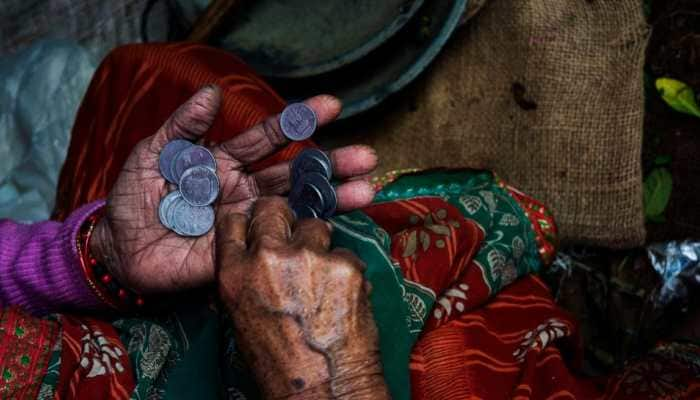ECB`s bond-buying programme: Five things to know
European Central Bank governors meet in Frankfurt on Thursday as expectations grow that they will soon announce an end to their "quantitative easing" bond-buying programme.
Trending Photos
)
European Central Bank governors meet in Frankfurt on Thursday as expectations grow that they will soon announce an end to their "quantitative easing" bond-buying programme.
Here are five things to know about what the QE programme is and why the decision matters for the eurozone.
President Mario Draghi announced in January 2015 that the ECB would expand its interventions in financial markets with mass bond-buying.
After the financial crisis, the central bank`s previous attempts to lift inflation towards its target of just below 2.0 percent -- smaller asset purchase programmes and lower interest rates -- had not done the job.
Most central banks around the world aim for a consistent low level of inflation.
Steady price growth is seen as vital for a healthy economy as it wards off deflation, or a spiral of decreasing prices encouraging people to hoard money rather than make purchases, hobbling the economy.QE is shorthand for the central bank creating money and using it to buy government bonds or other financial assets on the open market.
The aim is to encourage investors to move cash out of low-risk holdings like bonds and seek returns elsewhere, for example by lending to households and businesses.
In turn, those households and businesses will spend money, powering economic growth and, the theory goes, inflation.
As it manages a currency shared between 19 countries, the ECB`s programme faces more constraints than those at the Federal Reserve in the United States, the Bank of England or the Bank of Japan.
The most important of these is a ban on the ECB buying too many of any one country`s bonds, designed to avoid accusations of "monetary financing" -- or the central bank footing the bill for government spending.
How many of each member state`s bonds the ECB buys is determined by the "capital key", the country`s share of contributions towards the central bank`s capital, and it is not allowed to own more than 33 percent of any nation`s debt.QE has made it easier for eurozone companies, households and states to borrow money, saving them billions on interest payments.
Economic growth has picked up at the same time, spreading through different countries and sectors, while unemployment has fallen below 10 percent.
"The recovery is proceeding because of consumption and investment, and consumption and investment are growing because of QE also -- not only, but also," Draghi told journalists in June.
However, the bank`s primary objective, the inflation target, still hasn`t been reached after more than 2.0 trillion euros ($2.4 trillion) of purchases.
That is one reason why the bank`s winding down the programme will be a difficult balancing act.The ECB wants to avoid any statement that would upset financial markets, after watching the "tantrum" among investors when the Fed abruptly announced its purchases would end.
Frankfurt policymakers have sidled up to the decision, announcing as a first step in December 2016 that they would drop monthly purchases from 80 to 60 billion euros four months later -- and painting it as a reaction to the stronger economy.
Since then, however, the euro has gained against the dollar, reaching around $1.20 in recent weeks.
A stronger euro already weakens inflation by making imports cheaper, and reducing the supply by cutting off QE would strengthen the effect even further.Most observers long expected the ECB to outline in advance a series of reductions "tapering" its bond purchases to zero, most likely between January and June 2018.
But the stronger euro and still-weak inflation has made them think again, with many now predicting a "flexible" exit from QE that could see the ECB take one step at a time and be ready to increase bond-buying again if necessary.
Stay informed on all the latest news, real-time breaking news updates, and follow all the important headlines in india news and world News on Zee News.
Live Tv







)
)
)
)
)
)
)
)
)
)
